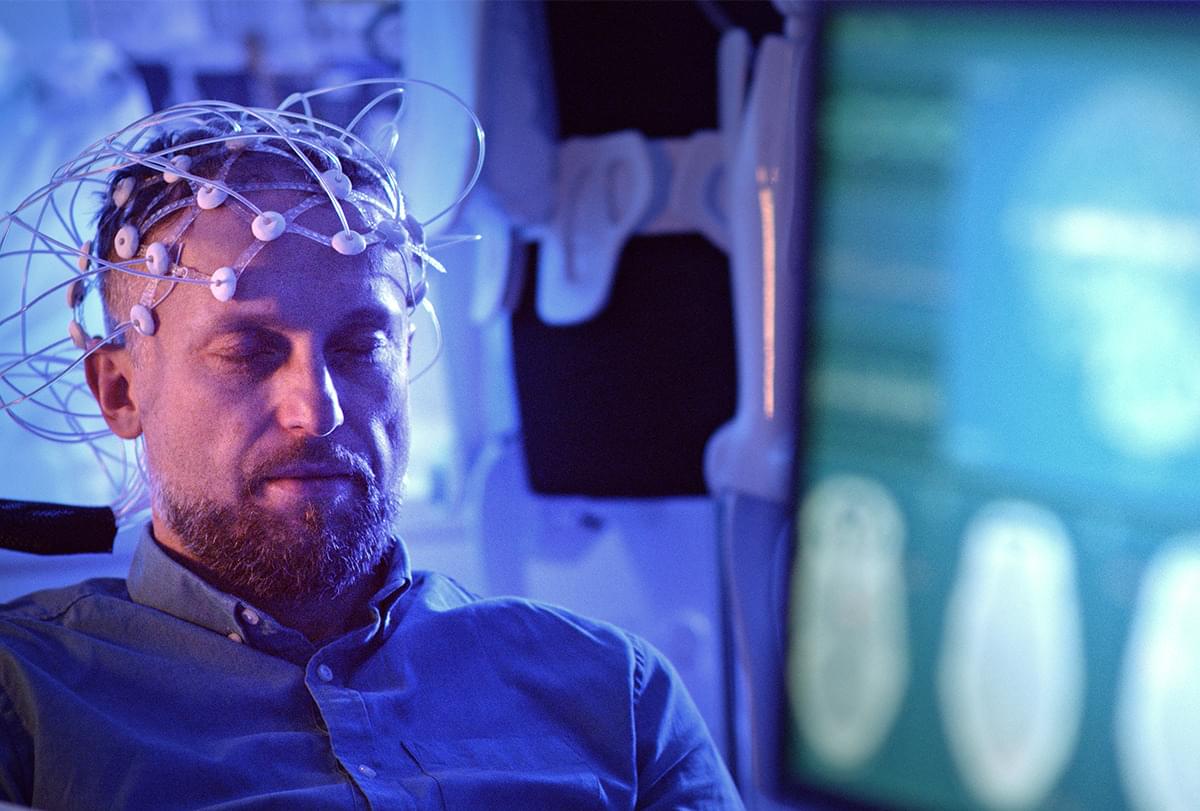
The fractional quantum anomalous Hall (FQAH) effect was recently discovered in twisted MoTe2 bilayers (tMoTe2)1–4. Experiments to date have revealed Chern insulators from hole doping at ν =-1,-2/3,-3/5, and-4/7 (per moiré unit cell) 1–6. In parallel, theories predict that, between v =-1 and-3, there exist exotic quantum phases 7–15, such as the coveted fractional topological insulators (FTI), fractional quantum spin Hall (FQSH) states, and non-abelian fractional states. Here we employ transient optical spectroscopy 16,17 on tMoTe2 to reveal nearly 20 hidden states at fractional fillings that are absent in static optical sensing or transport measurements. A pump pulse selectively excites charge across the correlated or pseudo gaps, leading to the disordering (melting) of correlated states 18. A probe pulse detects the subsequent melting and recovery dynamics via exciton and trion sensing 1,3,19–21. Besides the known states, we observe additional fractional fillings between ν = 0 and-1 and a large number of states on the electron doping side (ν 0). Most importantly, we observe new states at fractional fillings of the Chern bands at ν =-4/3,-3/2,-5/3,-7/3,-5/2, and-8/3. These states are potential candidates for the predicted exotic topological phases 7–15. Moreover, we show that melting of correlated states occurs on two distinct time scales, 2–4 ps and 180–270 ps, attributed to electronic and phonon mechanisms, respectively. We discuss the differing dynamics of the electron and hole doped states from the distinct moiré conduction and valence bands.









